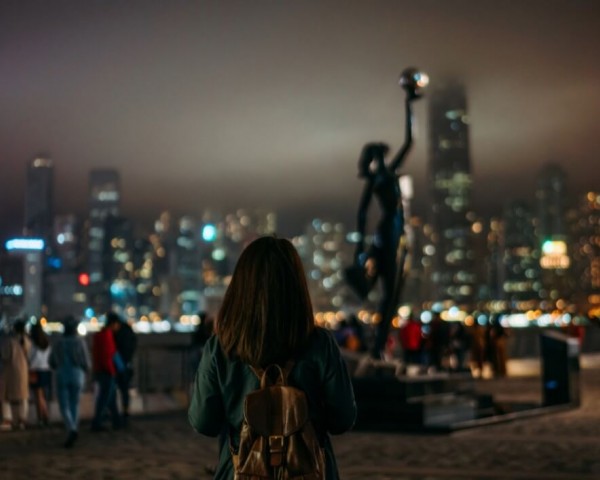Night tourism is shaking up how we explore new places. Instead of the usual daytime bustle, more people are choosing to experience destinations when the skies darken—a fresh take on familiar sites that opens up unexpected adventures.
The Rise of Night Tourism
A 2024 study by Booking, covering 33 countries, found that more than 60% of travelers now lean toward nighttime activities like safaris, stargazing, and even sunset city walks. Luxury travel firms saw roughly a 25% bump in overnight trips last year, with younger travelers really taking the lead. They’re generally on the hunt for experiences that differ from the typical night in the town—preferring genuine, immersive outings that blend nature and culture under a starry canopy.
Night Safaris: Unveiling the Nocturnal World
There’s something almost magical about exploring wildlife after dark. Around 70% of African mammals are active at night, which makes night safaris a must for nature lovers. In places like South Africa and Madagascar, visitors are now spotting uncommon animals—like aardvarks and aardwolves, as noted by Wildlife Worldwide—adding an extra layer of adventure to these trips. Over in Ecuador’s Amazon, Sacha Lodge arranges canoe trips where the alligator’s torchlit eyes create a surprisingly thrilling, if not eerie, spectacle. In parts of Europe, operators offer night walks in Finland and Scandinavia aimed at observing brown bears, making the nocturnal wild even more enticing.
Chasing the Northern Lights
Auroras—those dancing, brilliant northern lights—are drawing even more night tourists. With solar activity peaking during the 2024-2025 solar maximum, these light shows are becoming more vivid and frequent. Tromsø in Norway, often casually dubbed the “Northern Lights capital,” has seen a notable rise in visitors; extra flights are now linked to the city and nearby Arctic regions. The Association of British Travel Agents even mentioned that roughly one in five UK tourists now plans a trip here, eager to witness this celestial wonder firsthand.
Stargazing in Dark Sky Havens
Many are looking for skies free of the glare from city lights. The Royal Astronomical Society points out that nearly 30% of the global population has lost sight of the Milky Way because of light pollution. This loss spurs travelers to venture to places like Chile’s Atacama Desert, Namibia, or the vast Australian Outback—areas famed for their clear, unspoiled night sky views. In the UK, Dark Sky Reserves have been gaining popularity, while New Zealand’s Tāhuna Glenorchy Dark Sky Sanctuary has become a go-to spot for those wanting a closer look at the cosmos.
Night Diving and Bioluminescence: Underwater Wonders
Some adventurers are even discovering a whole other world underwater at night. Using UV lights, divers in places like Bonaire in the Caribbean and Anilao in the Philippines see corals and marine life burst into an unexpected, biofluorescent glow—an underwater party of light and color, so to speak. And don’t forget the bioluminescent beaches in spots like Vieques, Puerto Rico, and the Maldives, where microscopic organisms make the sea shimmer in what looks like nature’s very own light show.
A New Way to Travel
In the end, night tourism isn’t just about seeing old places with new eyes—it’s a response to the growing desire for peaceful, crowd-free adventures. Whether it’s tracking elusive wildlife under a full moon, chasing the ephemeral Northern Lights, stargazing in remote deserts, or diving into glowing waters, this trend provides travelers with a truly fresh perspective on the world around us. Nighttime experiences let travelers dive into the world with a raw intimacy that goes beyond standard sightseeing—it’s a way to feel truly present, with each moment unfolding unexpectedly. In most cases, as this trend steadily picks up momentum, exploring after dark is poised to become a key part of modern travel, dishing out adventures that linger in memory under the soft, mysterious cloak of night.

